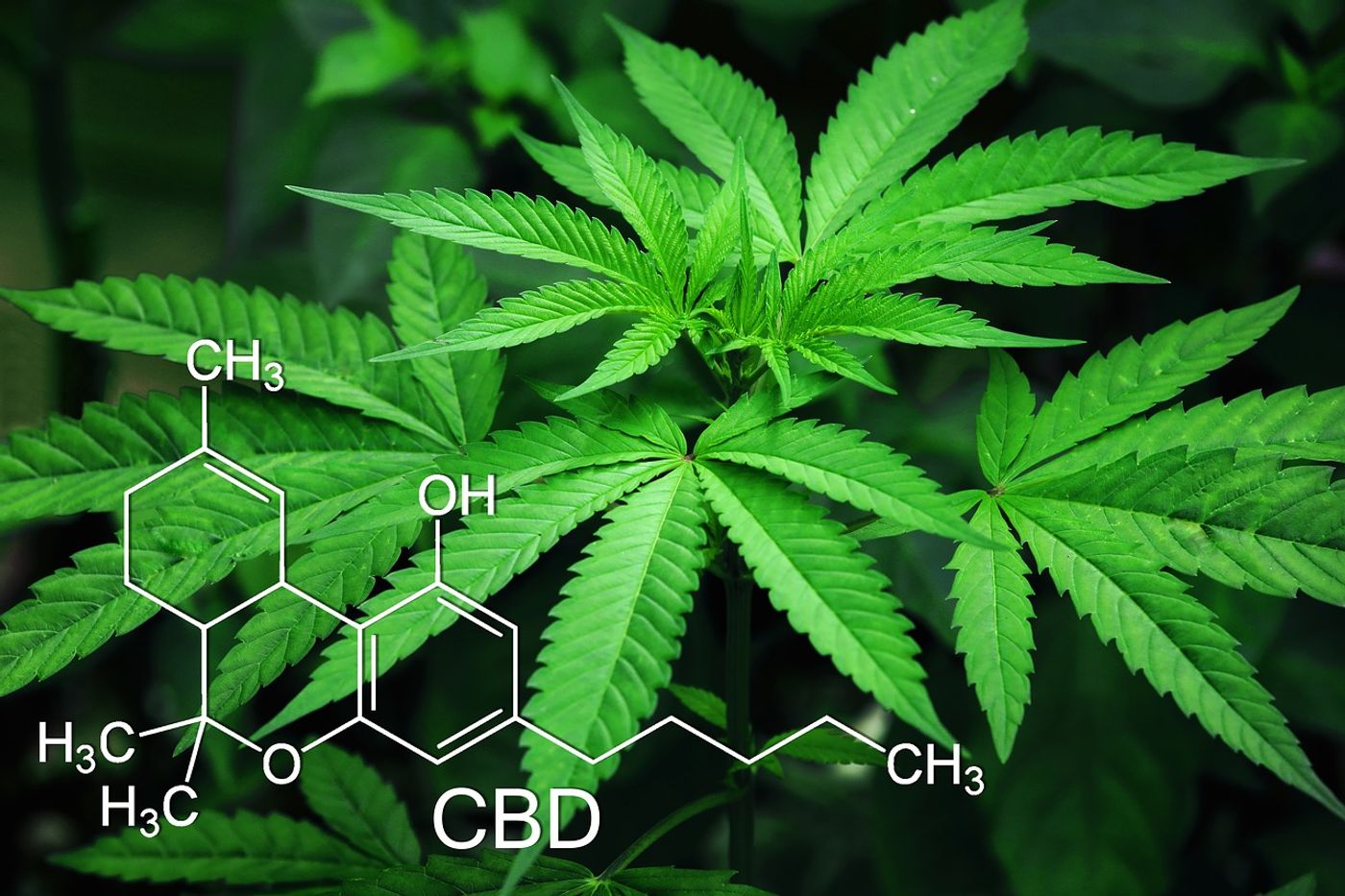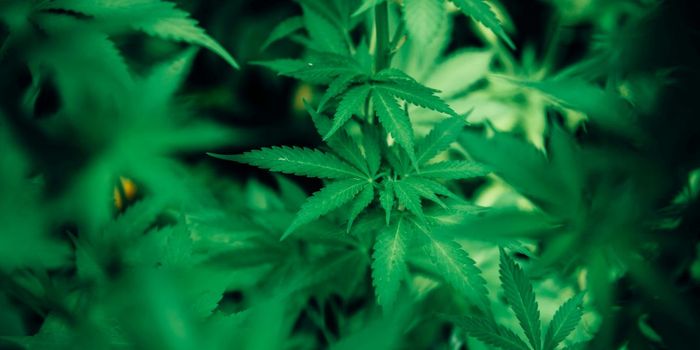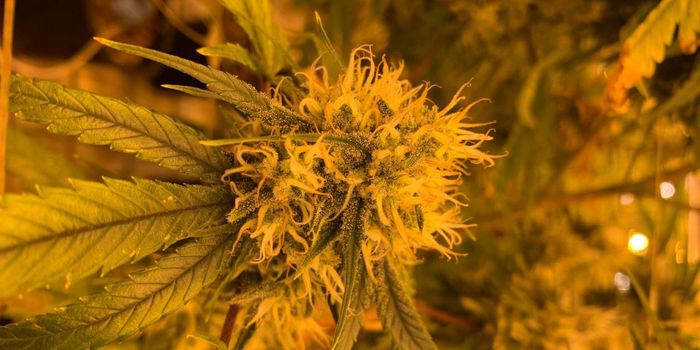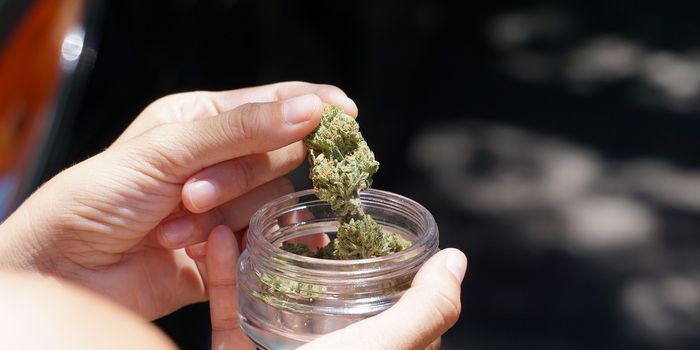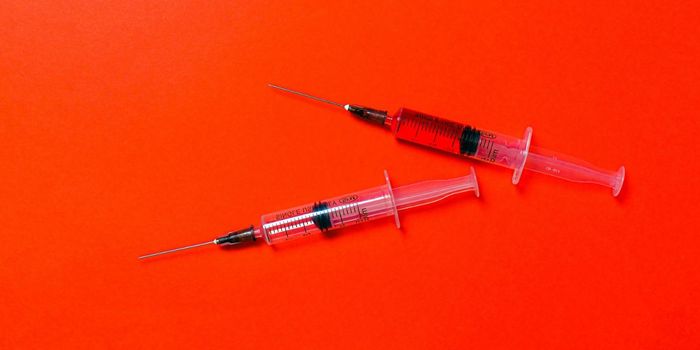How Marijuana Will Affect Your Workout
THC (Tetrahydrocannabinol) has been found to give exercise an extra boost as the body burns off fat. THC the main psychoactive ingredient in cannabis is stored in fat cells within the body. Small amounts of THC are released back into the bloodstream after fat cells begin to burn off. The amount found in the bloodstream has been found to increase by 15 percent immediately after exercising according to a new study. This study showed a correlation between the amount of THC released and BMI.
A study that was performed in 2003 found that exercise activated the endocannabinoid system in the same way that cannabis does, "The endocannabinoid system is a group of lipids (types of fats) and cell receptors that cannabinoids (compounds like THC and CBD) bind to inside the body. It's responsible for easing pain, controlling appetite, and influences mood and memory."
Marijuana also is known to relieve pain and allow the user to tolerate discomfort, allowing some people to exercise longer than usual. Some consumers have even reported the marijuana gives them the ability to focus for a longer period of time while running; it helps to reduce their anxiety and let their mind relax so that they can focus running for longer periods of time. For those who don't want to experience a high before working out, CBD is an option. CBD is known to decrease inflammation and pain along with increase healing. This can lead to recovering faster from a high intensity work out. Every user is different, and the amount of THC consumed will result in different impairment. Marijuana has been found to increase heart rate and blood pressure, this change in blood pressure could lead to dizziness or even fainting while working out. Some marijuana users experience reduced coordination, which could lead to an increase in getting an injury while exercising.
A study published in the American Journal of Medicine found that "Current marijuana use was associated with 16 percent lower fasting insulin levels (95 percent confidence interval) and 17 percent lower HOMA-IR." Marijuana use resulted in lower levels of fasting insulin (insulin in your body before eating), as lows as 16 percent compared to those who did not consume marijuana. The study also found that from the lower levels of insulin also resulted in a smaller waist circumference.
There have been very little clinical studies done on how marijuana affects the human body while working out or even after working out. Deputy director of NORML (National Organization for the Reform of Marijuana Laws) Paul Armentano stated, "I'm not aware of evidence particularly supportive of such claims that either compound (THC or CBD) can be 'performance enhancing' in a conventional sense, though certainly there are athletes who report using cannabis in lieu of conventional painkillers or in lieu or alcohol of sleep aids." While some athletes have reported using marijuana to be able to train harder and recover faster, there are negative side effects to using marijuana before exercising, and those need to be considered along with the pros.
Sources: Healthline, The American Journal of Medicine, Leafly

